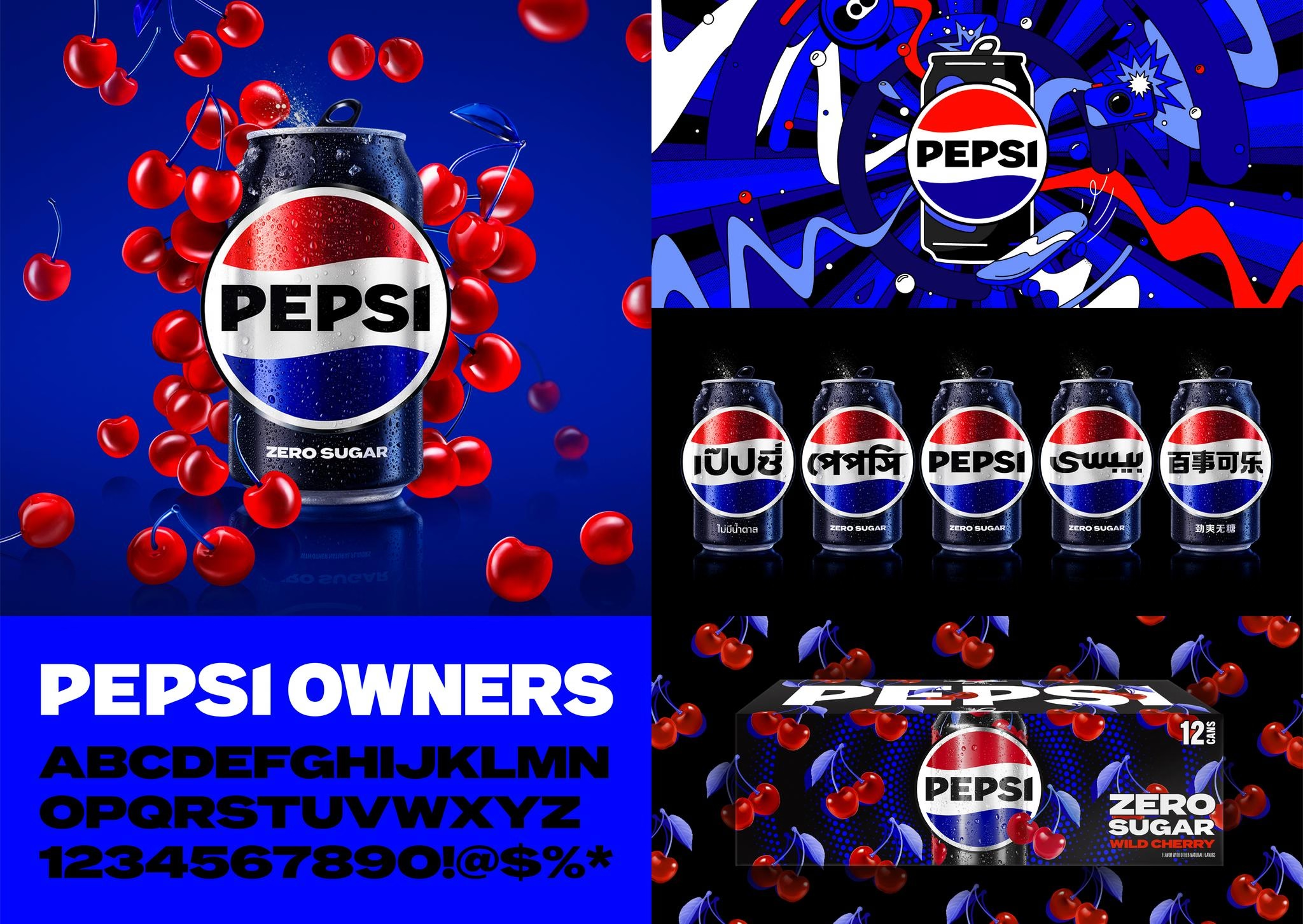In a world increasingly driven by digital transformation, traditional learning models are struggling to keep up. Enter DuA-ction — a disruptive force in the education sector that promises to blend theory with practical application, learning with doing, and digital access with real-world impact.
As students, professionals, and lifelong learners look for more meaningful and results-driven ways to acquire knowledge, DuAction offers a dual-powered approach: one that combines digital education with action-based learning strategies to maximize growth, retention, and transformation.
In this in-depth guide, we’ll explore the core philosophy of DuAction, its methodology, applications, advantages, and how it stands poised to redefine education as we know it.
What Is DuA-ction?
DuAction is a compound of two powerful ideas:
-
“Dual” – implying a two-pronged approach
-
“Action” – emphasizing learning through real-life implementation
At its core, DuAction is an educational model that merges theoretical learning (via digital platforms or traditional modes) with practical application (through projects, real-world simulations, internships, and community-driven activities).
Whether you’re a student in high school, a college graduate, or a professional upskilling for the future, DuAction empowers you to learn by doing, not just by watching or reading.
The Problem with Traditional Learning
For decades, education has remained rooted in passive learning models — lectures, textbooks, memorization, and standardized tests. While these methods serve foundational purposes, they fail to engage deeper skills like:
-
Critical thinking
-
Problem-solving
-
Collaboration
-
Real-world adaptability
As a result, many graduates enter the workforce underprepared, lacking not only practical skills but also confidence in their ability to act and adapt.
The DuAction Philosophy: Learn. Apply. Transform.
The DuAction model is built around a three-phase learning cycle:
-
Learn – Access structured, high-quality educational content in bite-sized digital formats, often supported by AI or personalized pathways.
-
Apply – Engage with real-world challenges, interactive projects, or community tasks directly related to the learning material.
-
Transform – Reflect on outcomes, adapt strategies, and use feedback to improve future learning cycles.
This cyclical approach ensures that users don’t just absorb information—they use it, test it, and grow from it.
Key Features of DuA-ction
1. Blended Learning Pathways
DuAction supports hybrid models combining online modules, virtual classrooms, and in-person action tasks. This makes it adaptable to any learning environment.
2. Real-Time Projects and Community Impact
Learners are encouraged to participate in community projects, startup simulations, or real-world problem-solving exercises, bridging the gap between learning and social impact.
3. Mentorship and Peer Collaboration
Every DuAction platform is built with mentor-led guidance and peer-driven collaboration, ensuring learners aren’t isolated but part of a vibrant learning ecosystem.
4. Gamification and Performance Feedback
Gamified modules, leaderboards, and instant feedback loops make learning engaging and performance-driven.
5. AI Personalization
Advanced platforms under the DuAction umbrella leverage AI to personalize course content, recommend action projects, and track learner progress.
Real-World Examples of DuA-ction in Action
Let’s look at how DuAction manifests across different educational and professional domains:
Education Sector
High school students learning environmental science are paired with NGOs to work on local sustainability initiatives — planting trees, managing waste, and conducting awareness drives. They learn the theory in class and apply it in the field.
Corporate Training
An organization teaching project management through DuAction will supplement online coursework with real-time project simulations or internal shadowing programs to give employees live experience.
Higher Education
Universities adopting DuAction models embed capstone projects, internships, and entrepreneurial labs into their curriculum, allowing students to build businesses, not just write essays.
Skill Development Platforms
DuAction learning apps like “Code in the Wild” or “Street MBA” provide coding tasks or business challenges mimicking real-world constraints, allowing users to build portfolios, not just resumes.
The Benefits of DuAction
Implementing the DuAction model offers numerous tangible and intangible benefits:
1. Higher Retention Rates
Studies show that active learning increases retention by up to 90% compared to passive reading or watching.
2. Faster Career Readiness
By building portfolios and gaining hands-on experience, learners are far more prepared to face the challenges of the modern workplace.
3. Increased Engagement
Gamified action tasks, real-world feedback, and collaborative environments lead to more motivated learners.
4. Social Responsibility
When tied to local community issues or sustainability goals, DuA-ction nurtures empathy, leadership, and global citizenship.
5. Adaptability to Change
DuAction equips learners with the skills to adapt quickly, think creatively, and act with confidence in uncertain or complex situations.
How DuAction Aligns with Future Trends
As we look toward the future of education and work, several trends make the DuAction model not just relevant, but essential:
-
Rise of AI and Automation: Workers will need to continually learn new skills and apply them quickly to stay relevant.
-
Remote and Hybrid Work: Action-based digital learning suits the flexible nature of future workplaces.
-
Gig and Creator Economies: Learning how to do real-world work through simulated or supported environments gives learners a head start in building portfolios, businesses, or personal brands.
-
Sustainable Development Goals (SDGs): DuAction projects can be tied to solving global problems, from climate action to gender equity.
Building a DuAction Ecosystem: Who Should Get Involved?
Schools and Universities
Should revamp curriculum to include project-based modules, interdisciplinary action labs, and community outreach.
Employers
Can partner with DuAction platforms to create customized learning-action pathways for onboarding, reskilling, or leadership development.
EdTech Startups
Should adopt DuAction models in app design — going beyond video lectures to include interactive challenges, AI coaches, and field assignments.
Learners
Should seek out DuAction-powered platforms or build personal learning plans that include both digital learning and hands-on practice.
Potential Challenges in Implementing DuAction
Like all transformative ideas, DuAction comes with its own set of challenges:
-
Resource Access: Real-world projects often require partnerships, mentors, or field access.
-
Standardization: Measuring success and performance can be difficult when everyone is working on different projects.
-
Time Commitment: Action-based learning takes more time and engagement than passive methods.
-
Scalability: Large-scale institutions may find it hard to personalize DuAction learning at scale.
However, with proper planning, investment, and collaboration, these challenges are not only solvable but offer avenues for innovation.
Final Thoughts:
In a world flooded with knowledge but starving for meaningful experience, DuAction offers a refreshing shift. It empowers learners to move from passive consumers of content to active creators of change.
Whether you’re building the next generation of leaders, launching an EdTech platform, or simply trying to grow personally and professionally, DuAction is the missing link between intention and impact.
It’s not enough to know — we must do, and through doing, we become.





